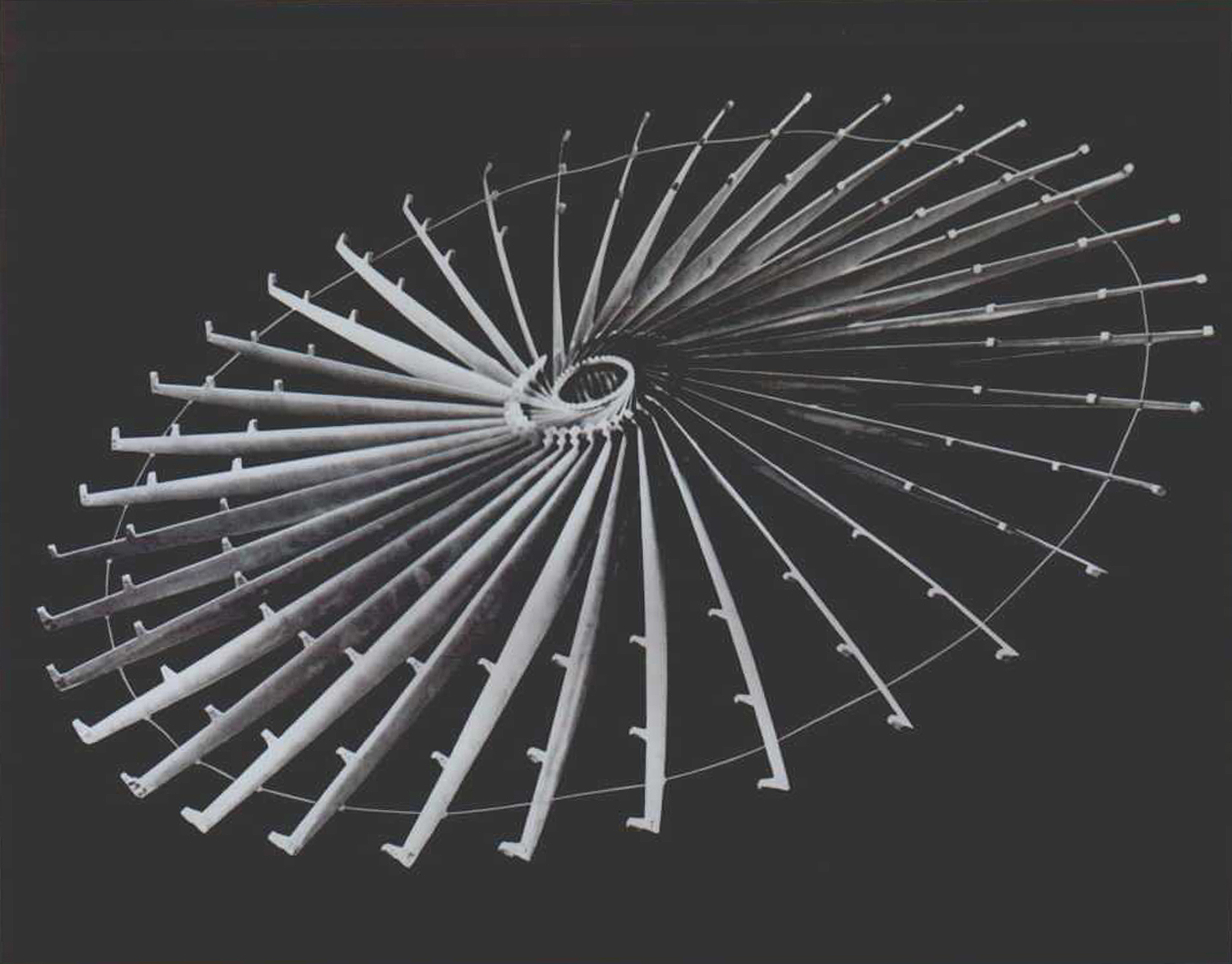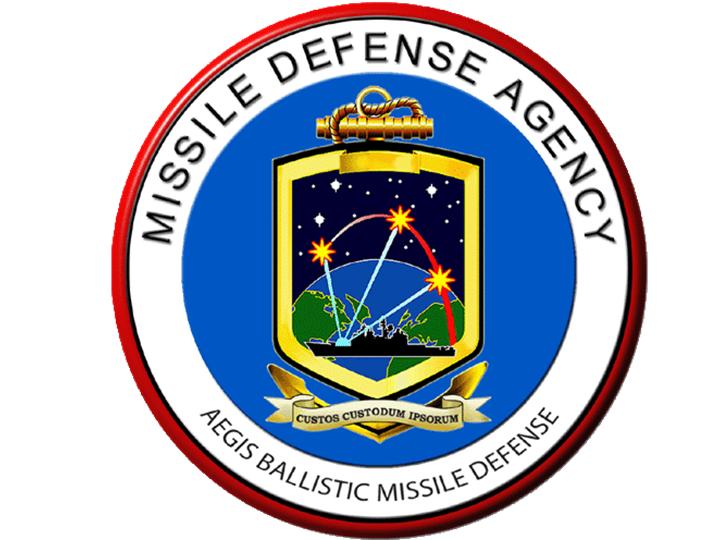|
Lightweight Exo-Atmospheric Projectile
The Lightweight Exo-atmospheric Projectile (LEAP) is a lightweight miniaturized kinetic kill vehicle designed to destroy incoming ballistic missiles both inside or outside the Earth's atmosphere.Paul Baker, Buster Kelley, Anne Avetissian, ''Lightweight exo-atmospheric projectile (LEAP) Space Flight Test, June 1992, performance validation'', AIAA and SDIO, 2nd Annual Interceptor Technology Conference, Albuquerque, NM, June 6–9, 1993 The warhead is delivered to the interception point by a system such as the Aegis Ballistic Missile Defense System. History Development began in 1985 by the Strategic Defense Initiative Organization, which pioneered the development of miniaturized kill vehicle technology. It was originally created by the now-defunct Hughes Aircraft Company; the modern versions are developed and built by Raytheon. See also * Exoatmospheric Kill Vehicle The Exoatmospheric Kill Vehicle (EKV) is the Raytheon-manufactured interceptor component with subcontract ... [...More Info...] [...Related Items...] OR: [Wikipedia] [Google] [Baidu] |
Navy Theater Ballistic Missile Defense
A navy, naval force, or maritime force is the branch of a nation's armed forces principally designated for naval and amphibious warfare; namely, lake-borne, riverine, littoral, or ocean-borne combat operations and related functions. It includes anything conducted by surface ships, amphibious ships, submarines, and seaborne aviation, as well as ancillary support, communications, training, and other fields. The strategic offensive role of a navy is projection of force into areas beyond a country's shores (for example, to protect sea-lanes, deter or confront piracy, ferry troops, or attack other navies, ports, or shore installations). The strategic defensive purpose of a navy is to frustrate seaborne projection-of-force by enemies. The strategic task of the navy also may incorporate nuclear deterrence by use of submarine-launched ballistic missiles. Naval operations can be broadly divided between riverine and littoral applications (brown-water navy), open-ocean applicati ... [...More Info...] [...Related Items...] OR: [Wikipedia] [Google] [Baidu] |
Kinetic Kill Vehicle
A kinetic energy weapon (also known as kinetic weapon, kinetic energy warhead, kinetic warhead, kinetic projectile, kinetic kill vehicle) is a weapon based solely on a projectile's kinetic energy instead of an explosive or any other kind of payload. The term Hit-to-kill, or kinetic kill, is also used in the military aerospace field to describe kinetic energy weapons. It has been used primarily in the anti-ballistic missiles (ABM) and anti-satellite weapons (ASAT) area, but some modern anti-aircraft missiles are also hit-to-kill. Hit-to-kill systems are part of the wider class of kinetic projectiles, a class that has widespread use in the anti-tank field. Typical kinetic energy weapons are blunt projectiles such as rocks and round shots, pointed ones such as arrows, and somewhat pointed ones such as bullets. Among projectiles that do not contain explosives are those launched from railguns, coilguns, and mass drivers, as well as kinetic energy penetrators. All of these we ... [...More Info...] [...Related Items...] OR: [Wikipedia] [Google] [Baidu] |
Ballistic Missile
A ballistic missile is a type of missile that uses projectile motion to deliver warheads on a target. These weapons are guided only during relatively brief periods—most of the flight is unpowered. Short-range ballistic missiles stay within the Earth's atmosphere, while intercontinental ballistic missiles (ICBMs) are launched on a sub-orbital flight. These weapons are in a distinct category from cruise missiles, which are aerodynamically guided in powered flight. Unlike cruise missiles, which are restricted to the atmosphere, it is advantageous for ballistic missiles to avoid the denser parts of the atmosphere and they may travel above the atmosphere into outer space. History The earliest form of ballistic missile dates from the 13th century with its use derived from the history of rockets. In the 14th century, the Ming Chinese navy used an early form of a ballistic missile weapon called the Huolongchushui in naval battles against enemy ships.Needham, Volume 5, Part 7, ... [...More Info...] [...Related Items...] OR: [Wikipedia] [Google] [Baidu] |
Atmosphere
An atmosphere () is a layer of gas or layers of gases that envelop a planet, and is held in place by the gravity of the planetary body. A planet retains an atmosphere when the gravity is great and the temperature of the atmosphere is low. A stellar atmosphere is the outer region of a star, which includes the layers above the opaque photosphere; stars of low temperature might have outer atmospheres containing compound molecules. The atmosphere of Earth is composed of nitrogen (78%), oxygen (21%), argon (0.9%), carbon dioxide (0.04%) and trace gases. Most organisms use oxygen for respiration; lightning and bacteria perform nitrogen fixation to produce ammonia that is used to make nucleotides and amino acids; plants, algae, and cyanobacteria use carbon dioxide for photosynthesis. The layered composition of the atmosphere minimises the harmful effects of sunlight, ultraviolet radiation, the solar wind, and cosmic rays to protect organisms from genetic damage. The current comp ... [...More Info...] [...Related Items...] OR: [Wikipedia] [Google] [Baidu] |
Aegis Ballistic Missile Defense System
The Aegis Ballistic Missile Defense System (Aegis BMD or ABMD), also known as ''Sea-Based Midcourse'', is a United States Department of Defense Missile Defense Agency program developed to provide missile defense against short to intermediate-range ballistic missiles. The program is part of the United States national missile defense strategy and European NATO missile defence system. Aegis BMD is an expansion of the Aegis Combat System deployed on warships, designed to intercept ballistic missiles in post-boost phase and prior to reentry. Aegis BMD-equipped vessels can engage potential threats using the Standard Missile 3 mid-course interceptors and the Standard Missile 2 and Standard Missile 6 terminal-phase interceptors.Aegis BMD web page , [...More Info...] [...Related Items...] OR: [Wikipedia] [Google] [Baidu] |
Strategic Defense Initiative Organization
The Strategic Defense Initiative (SDI), derisively nicknamed the "''Star Wars'' program", was a proposed missile defense system intended to protect the United States from attack by ballistic strategic nuclear weapons (intercontinental ballistic missiles and submarine-launched ballistic missiles). The concept was announced on March 23, 1983, by President Ronald Reagan,Federation of American ScientistsMissile Defense Milestones Accessed March 10, 2007. a vocal critic of the doctrine of mutually assured destruction (MAD), which he described as a "suicide pact". Reagan called upon American scientists and engineers to develop a system that would render nuclear weapons obsolete. The Strategic Defense Initiative Organization (SDIO) was set up in 1984 within the US Department of Defense to oversee development. A wide array of advanced weapon concepts, including lasers, Duarte, F. J. (Ed.), ''Proceedings of the International Conference on Lasers '87'' (STS, McLean, Va, 1988). particle bea ... [...More Info...] [...Related Items...] OR: [Wikipedia] [Google] [Baidu] |
Hughes Aircraft Company
The Hughes Aircraft Company was a major American aerospace and defense contractor founded on February 14, 1934 by Howard Hughes in Glendale, California, as a division of Hughes Tool Company. The company was known for producing, among other products, the Hughes H-4 Hercules ''Spruce Goose'' aircraft, the atmospheric entry probe carried by the ''Galileo'' spacecraft, and the AIM-4 Falcon guided missile. Hughes Aircraft was founded to construct Hughes' H-1 Racer world speed record aircraft, and it later modified aircraft for his transcontinental and global circumnavigation speed record flights. The company relocated to Culver City, California, in 1940 and began manufacturing aircraft parts as a subcontractor. Hughes attempted to mold it into a major military aircraft manufacturer during World War II; however, its initial military projects ended in failure, with millions of dollars in U.S. government funds expended but only three aircraft actually built, resulting in a highly publi ... [...More Info...] [...Related Items...] OR: [Wikipedia] [Google] [Baidu] |
Raytheon
Raytheon Technologies Corporation is an American multinational aerospace and defense conglomerate headquartered in Arlington, Virginia. It is one of the largest aerospace and defense manufacturers in the world by revenue and market capitalization. In addition, it is one of the largest providers of intelligence services. Raytheon Technologies manufactures aircraft engines, avionics, aerostructures, cybersecurity, guided missiles, air defense systems, satellites, and drones. The company is also a large military contractor, getting a significant portion of its revenue from the U.S. government. The company is the result of the merger of equals between the aerospace subsidiaries of United Technologies Corporation (UTC) and the Raytheon Company, which was completed on April 3, 2020. Before the merger, UTC spun off its non-aerospace subsidiaries Otis Elevator Company and Carrier Corporation. UTC is the nominal survivor of the merger but it changed its name to Raytheon Technologies ... [...More Info...] [...Related Items...] OR: [Wikipedia] [Google] [Baidu] |
National Air And Space Museum
The National Air and Space Museum of the Smithsonian Institution, also called the Air and Space Museum, is a museum in Washington, D.C., in the United States. Established in 1946 as the National Air Museum, it opened its main building on the National Mall near L'Enfant Plaza in 1976. In 2018, the museum saw about 6.2 million visitors, making it the fifth-most-visited museum in the world, and the second-most-visited museum in the United States. In 2020, due to long closures and a drop in foreign tourism caused by the COVID-19 pandemic, museum attendance dropped to 267,000. The National Air and Space Museum is a center for research into the history and science of aviation and spaceflight, as well as planetary science and terrestrial geology and geophysics. Almost all spacecraft and aircraft on display are originals or the original backup craft. The museum contains the Apollo 11 Command Module ''Columbia'', the ''Friendship 7'' capsule which was flown by John Glenn, Charles Lin ... [...More Info...] [...Related Items...] OR: [Wikipedia] [Google] [Baidu] |
Exoatmospheric Kill Vehicle
The Exoatmospheric Kill Vehicle (EKV) is the Raytheon-manufactured interceptor component with subcontractor Aerojet of the U.S. Ground-Based Midcourse Defense (GMD), part of the larger National Missile Defense system. The EKV is boosted to an intercept trajectory by a boost vehicle (missile), where it separates from the boost vehicle and autonomously collides with an incoming warhead. The EKV is launched by the Ground-Based Interceptor (GBI) missile, the launch vehicle of the GMD system. The EKV's own rockets and fuel are for corrections in the trajectory, not for further acceleration. The successor to the EKV, known as the Redesigned Kill Vehicle (RKV), was scheduled to debut in 2025. The RKV program, headed by Boeing and lead subcontractor Raytheon, was canceled by the Department of Defense on August 21, 2019. Earlier in the year, the Pentagon had issued a stop work order on the project following a design review deferment in December 2018 due to the failure of critical compon ... [...More Info...] [...Related Items...] OR: [Wikipedia] [Google] [Baidu] |







